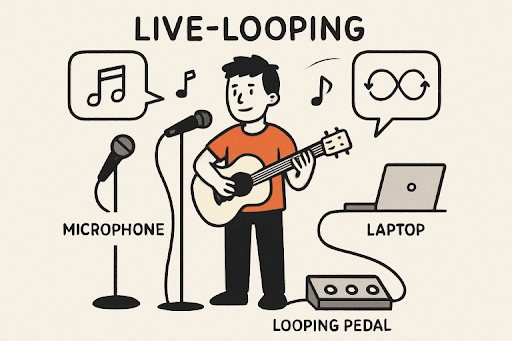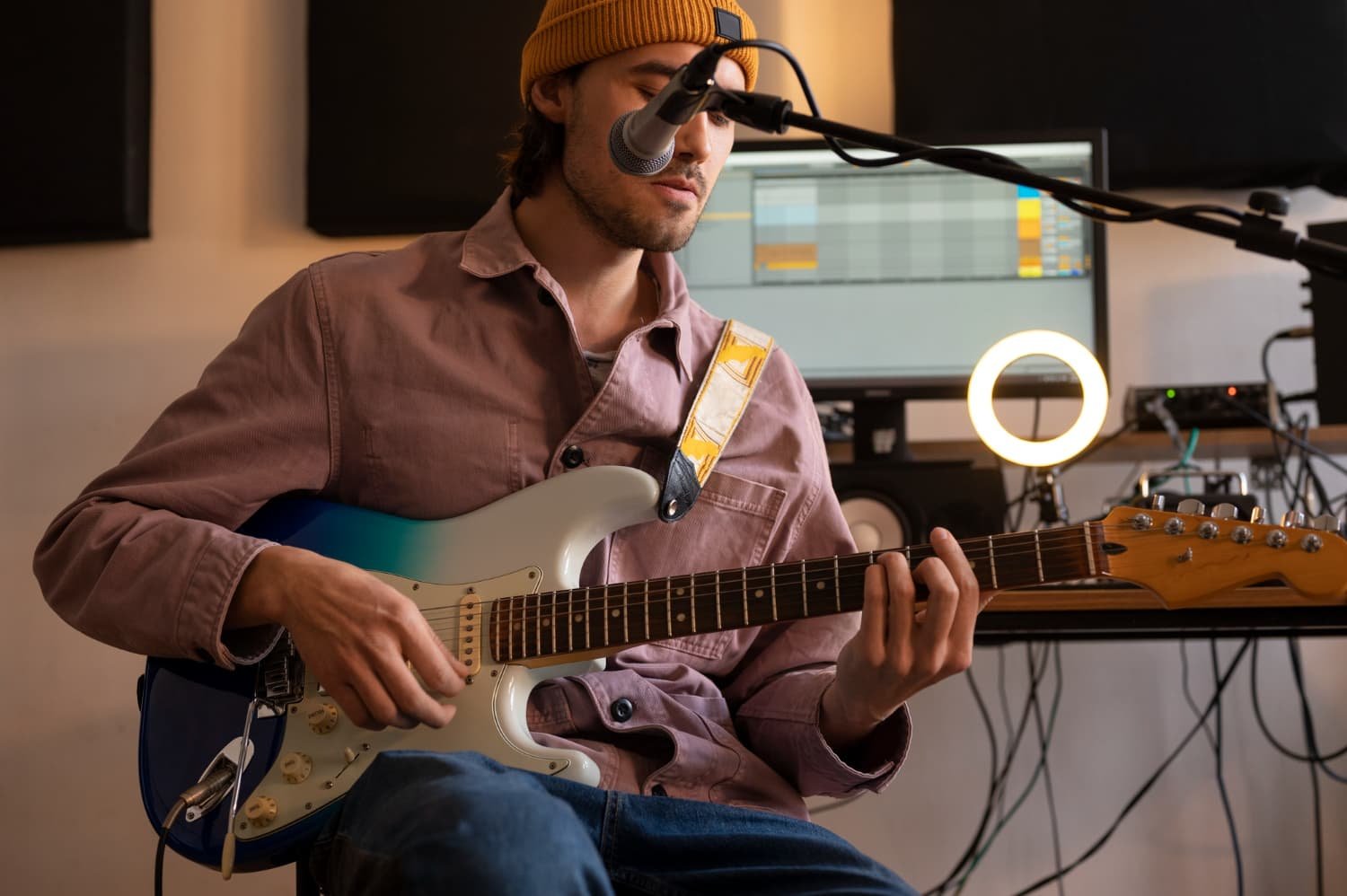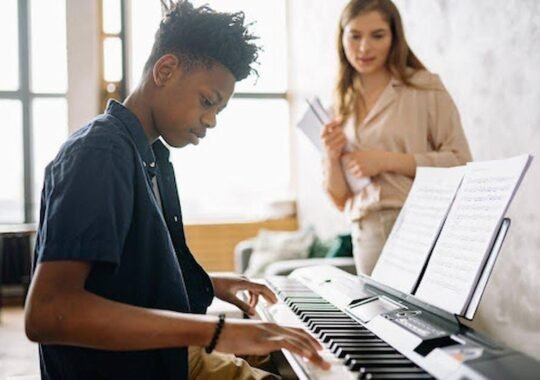Table of Contents
-
- What Is Live-Looping?
- Creative Benefits of Live-Looping
- Essential Tools and Technology
- Building Dynamic Live Performances
- Overcoming Common Challenges
- Innovative Techniques and Industry Trends
- Tips for Getting Started in Live-Looping
What Is Live-Looping?
Live-looping is a groundbreaking technique that allows musicians to layer and manipulate music during performances instantly. Instead of pre-recorded tracks, artists build beats, harmonies, and melodies in real time, creating a dynamic soundscape—often by solo performers—that resembles a full ensemble. Its evolution is tied to digital innovation and online creative communities. Platforms like Curiosity Stream offer in-depth explorations and demonstrations, showcasing how pioneering artists stretch the boundaries of what’s possible. As this technology gains traction, it becomes increasingly accessible to creators eager to inject spontaneity and personal flair into their music. Additionally, online tutorials and forums have democratized knowledge, allowing amateurs and professionals alike to experiment and develop new techniques. This collaborative environment fosters a vibrant ecosystem where innovation thrives, pushing the boundaries of live-looping even further.
Creative Benefits of Live-Looping
Live-looping is a creative approach that allows musicians to experiment with unconventional rhythm, melody, and texture combinations. This allows for constant improvisation and deeper audience engagement, as listeners witness the complexities of music creation firsthand. Rolling Stone highlights that live-looping not only captivates audiences but also challenges artists to think outside conventional genre boundaries, leading to memorable and universally appealing performances. This spontaneous approach fosters deeper engagement with audiences.
Essential Tools and Technology
Live-looping is a music genre that relies on the use of specialized electronic equipment. Beginners can start with a simple hardware looper pedal, while software solutions like Ableton Live offer robust looping and sequencing capabilities. As artists advance, MIDI controllers, expression pedals, and touchscreen devices are used for more nuanced performance control. Custom rigs, which blend multiple technologies for unique sounds, can be developed, including synthesizers, vocal processors, and percussion pads. Reviewing product demos or artist setups on music tech publications can help new users make informed decisions about their gear journey.

Building Dynamic Live Performances
Live-looping performances are not just about stacking loops; they involve narrative and engagement. Performers layer beats, basslines, and melodies to build intensity, adding rich sonic variety through beatboxing, found-object percussion, and harmonization. Audience interaction is an integral part of the show. A well-structured set builds anticipation, peaks at creative high points, and delivers a satisfying resolution. Key transitions and dynamic changes keep listeners engaged. Rehearsing should include full run-throughs to identify weak spots and refine transitions. Experienced loopers emphasize the importance of preparation and flexibility for a seamless performance.
Overcoming Common Challenges
Precision timing is crucial for live-looping, and newcomers should practice with metronomes and simple phrases to internalize timing. Recording practice sessions helps catch mistakes early. Technology can introduce glitches, hardware malfunctions, or software crashes, so musicians should test gear, have backups, and develop quick recovery strategies. Patience and adaptability are key, as practice transforms technical limitations into opportunities for creative improvisation.
Innovative Techniques and Industry Trends
Live-looping is a popular music technique that has gained popularity due to technological advancements such as wireless MIDI controllers, gesture-based instruments, and AI-driven effects. It enables artists to craft multi-sensory experiences and forge new soundscapes. The technique’s influence extends across various genres, including indie pop, hip-hop, and electronic music. The emergence of new gear and software allows artists to express themselves in original ways, making live-looping an essential part of both live and recorded music production.
Tips for Getting Started in Live-Looping
- Begin with a user-friendly looper pedal or smartphone app to simplify your first sessions.
- Stick to simple melodic and rhythmic patterns until comfortable with the basics of timing and layering.
- Explore unique sound sources—voice, body percussion, or everyday objects—for extra texture and character.
- Record and analyze practice sessions to pinpoint areas for improvement in timing and creativity.
- Study both live and recorded loop performances for ideas, but be sure to develop a style that reflects your personal approach.
- View occasional mistakes as opportunities for creative breakthrough—unexpected outcomes often yield new ideas.
Live-looping opens doors to vast creative frontiers. For any musician or producer eager to develop a signature sound and captivate audiences, mastering this craft is an investment in both artistic growth and professional versatility. By embracing practice, experimentation, and the wealth of resources available—from gear reviews to platforms like Curious Music—anyone can unlock the exhilarating freedom that live-looping offers.





